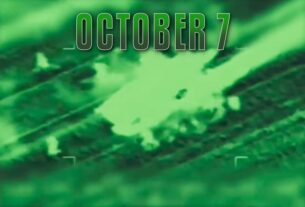Sat 21 August 2021:
NASA astronomers claim to have discovered a structure of gas clouds and newborn stars that forms a “break” in the spiral arms of the Milky Way galaxy.
The structure spans 3,000 light-years and comprises young stars as well as four nebulae, which are interstellar clouds of gas and dust where stars are formed. It’s like a “splinter poking out from a piece of wood,” according to NASA.
Researchers from the United States, Portugal, China, and Spain initially published their findings in the journal Astronomy & Astrophysics in June. Other spiral galaxies have had similar splinters or splits, but this is the first time it’s been seen in our own galaxy.
Given that the Milky Way is the galaxy in which the Earth is located, studying its structure has proven difficult.
“It’s akin to standing in the middle of Times Square and trying to draw a map of the island of Manhattan,” NASA said in a news release.

From left to right the Eagle, Omega, Triffid and Lagoon Nebulae are all part of a structure that sticks out at an angle from the Sagittarius spiral arm, to which they were previously thought to belong. Image Credit: NASA/JPL-Caltech
The authors wanted to understand more about the structure of the Milky Way by focusing on one of its arms, the Sagittarius Arm.
They sought for budding stars within nebulae using NASA’s now-retired Spitzer Space Telescope. Within these clouds, Spitzer was able to detect infrared light.
The distances of the structure were also measured using data from the European Space Agency’s Gaia space observatory.
“Distances are among the most difficult things to measure in astronomy,” said co-author Alberto Krone-Martins in the news release. “It is only the recent, direct distance measurements from Gaia that make the geometry of this new structure so apparent.”
However, astronomers still aren’t sure why galaxies form spiral arms.
“Ultimately, this is a reminder that there are many uncertainties about the large-scale structure of the Milky Way, and we need to look at the details if we want to understand that bigger picture,” said co-author Robert Benjamin in the news release. “This structure is a small piece of the Milky Way, but it could tell us something significant about the galaxy as a whole.”
———————————————————————————————————————-
FOLLOW INDEPENDENT PRESS:
TWITTER (CLICK HERE)
https://twitter.com/IpIndependent
FACEBOOK (CLICK HERE)
https://web.facebook.com/ipindependent
Think your friends would be interested? Share this story!





